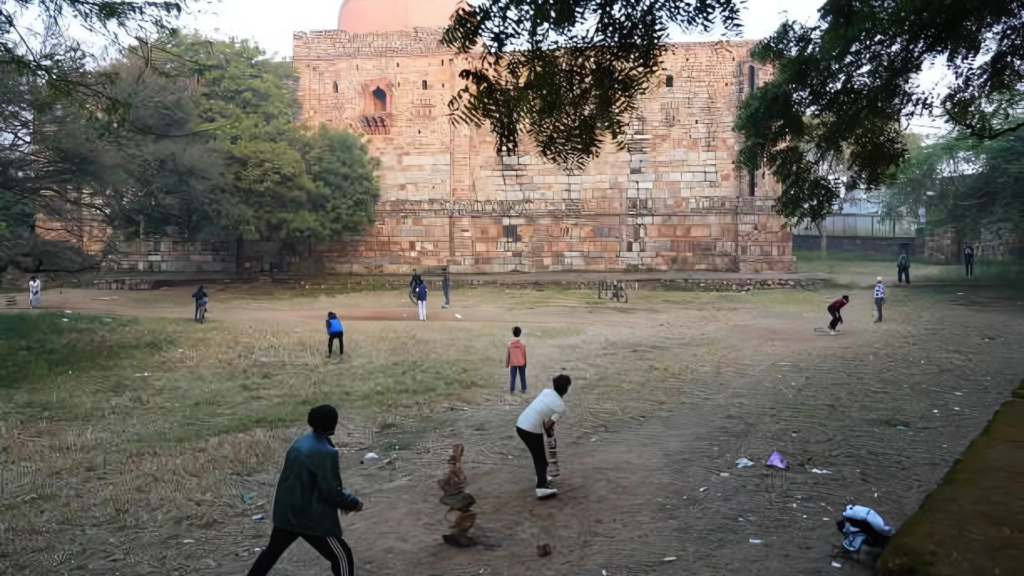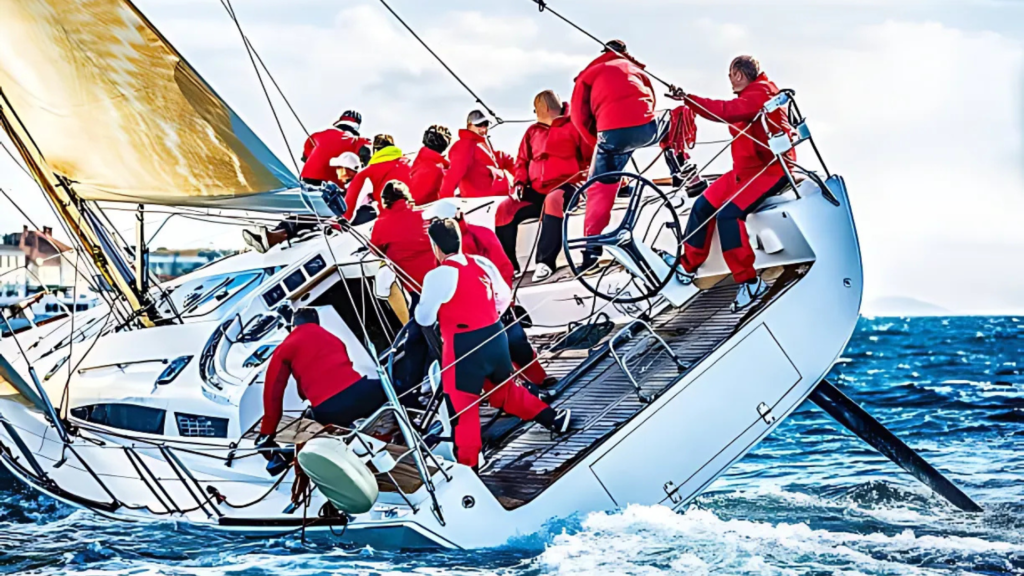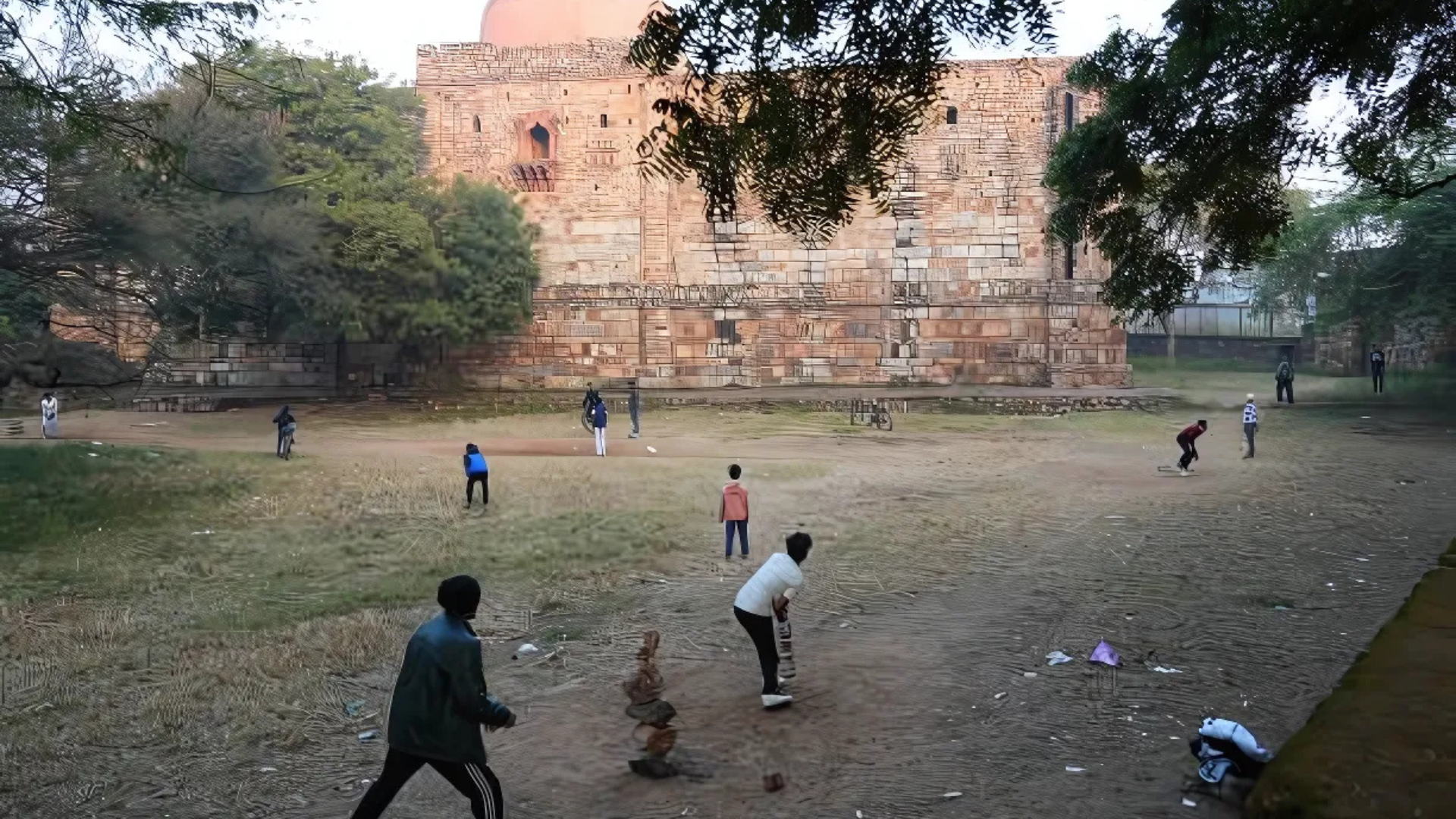Local Sports Culture
Local sports are not just sports; they are deeply connected to the identity, traditions and heritage of a community. From legendary players to iconic events, sports reflect the cultural fabric of a region. This article explores the fascinating world of local sports history and culture, highlighting its impact on society and its lasting legacy.
Origins of Local Sports Culture
Introduction: Trace the origins of local sports, linking them to ancient traditions, indigenous games or cultural practices.
Key Highlights: Mention how certain sports evolved in the region, for example, wrestling in rural areas, kabaddi in South Asia or lacrosse in Native American culture.

The Role of Local Heroes in Sports History
- Profile of athletes who emerged from the local scene to achieve national or international fame.
- Discuss their impact on inspiring the younger generation.
- Examples:
- The rise of cricket players in small towns.
- How high school football stars shaped sports culture in small-town America.
Local Sports Culture significance of sports
- Festivals and competitions: Highlight how sports have become the focus of regional festivals or community events.
- Social bonding: Explain how local sports promote unity, break down social barriers and celebrate diversity.
Development of Local Sports Culture
- From dusty fields to modern stadiums: a look at how sports facilities have evolved to accommodate a growing fan base.
- The role of community efforts, government initiatives and private funding in the development of local sports.
The golden age of Local Sports Culture
- Describe the golden age of sports in the region, focusing on notable games, rivalries or milestones.
- Use anecdotes or historical records to bring these stories to life.

Challenges faced by Local Sports Culture
- Decline in participation in traditional sports due to globalisation and urbanisation.
- Funding problems and lack of recognition for lesser-known sports.
- The impact of modern technology and e-sports on traditional sports culture.
- Preservation and revival efforts
Community-driven initiatives to preserve traditional sports.
- The role of schools, NGOs and government policies in promoting local sports.
- Examples of how vanishing sports, such as kho-kho or sepak takraw, have been revived.
Modern influences on Local Sports Culture
- The impact of global sporting trends on local sports.
- How social media has changed the way local sports are celebrated and followed.
- The growth of local sporting leagues and tournaments, such as grassroots soccer leagues.

The economic and social impact of Local Sports Culture
- The contribution of sports tourism to local economies.
- How successful sports teams lift community pride and local businesses.
- Sports as a tool for social change, empowering marginalised communities.
Case studies of iconic Local Sports Culture
- Dive deeper into specific, compelling stories that demonstrate the richness of local sporting history.
- Example 1: A historic match that changed the direction of a region’s sporting identity.
- Example 2: The profile of legendary teams or athletes and their cultural impact.
Local sports as a mirror of community values
Sports are often a reflection of a community’s core values and identity. For example:
- Discipline and teamwork: Many traditional sports emphasize discipline, cooperation, and respect for opponents, which are deeply ingrained in local cultures.
- Courage and endurance: Sports such as kabaddi or wrestling often celebrate physical strength and mental resilience, which are core values in many rural communities.

Women’s role in Local Sports Culture
- Historically, women have played a key role in traditional sports that is often overlooked.
- Examples: Indigenous women in Canada who participated in lacrosse or the role of women in camel racing in the Middle East.
- Highlight what obstacles women faced in sports and how they were overcome in different regions.
- Examples: Women’s kabaddi leagues in India or the rise of women’s baseball teams during World War II in the U.S.
Traditional sports unique to specific regions
Asia: Local Sports Culture
- Sepak takraw (Malaysia and Thailand): A unique blend of volleyball and soccer that has ancient roots.
- Kabaddi (South Asia): A contact sport that requires skill, agility and strategic thinking.
Africa: Local Sports Culture
- Dambe Boxing (Nigeria): Rooted in local traditions, this sport is both a physical challenge and a cultural ritual.
- Ngolo Wrestling (Angola): A traditional combat sport that inspired Capoeira.
Europe: Local Sports Culture
- Gaelic Football (Ireland): A mix of soccer and rugby with a rich cultural heritage.
- Pelota (Basque Country): An ancient ball game linked to regional identity.
America: Local Sports Culture
- Lacrosse (Native American tribes): The “sport of the creator”, deeply spiritual and symbolic.
- Charreria (Mexico): The national sport combining horse riding, cattle herding and community spirit.
Oceania: Local Sports Culture
- Maori Poi Games (New Zealand): Traditional games focused on rhythm and storytelling.
- Australian Rules Football: Developed in the 19th century, a mix of rugby and soccer that adapts to local needs.

Forgotten local games and their revival
Many traditional games are at risk of extinction due to modernisation. However, revival efforts are underway:
- Rekindling community spirit: Initiatives to bring back games such as tug of war, marbles or indigenous archery.
- Integration in schools: Incorporating traditional games into school curriculums to keep the heritage alive.
- Digital archiving: Using technology to document the rules, techniques and stories behind local games.
Local games and storytelling
Every game has its own legends and folklore. These stories serve as cultural touchstones:
- Heroic feats: Stories of weaker teams defeating dominant rivals.
- Cultural myths: Games inspired by gods or legends, such as Mesoamerican ballgames linked to myths of life and death.
- Tales: Share quirky, inspiring or emotional stories related to local sporting events.
Connections to festivals In many regions, games are an integral part of festivals:
- India: Rural games such as bullock cart races during Pongal. Scotland: Highland games involving caber toss and tug of war.
- Japan: Sumo wrestling matches held during Shinto festivals.
These events are not just about competition, but also about celebrating culture, food, and music.

The influence of local sports on modern sports Many global sports
Have their roots in traditional sports:
- rugby and soccer evolved from local village games in medieval England.
- Modern-day cricket was influenced by stick-and-ball games played in rural Europe.
- Basketball drew inspiration from traditional Native American sports.
The business of Local Sports Culture
While local sports were historically driven by passion and community spirit, they are now gaining economic importance:
- Local leagues: amateur leagues attract sponsorship and ticket sales.
- Merchandising: the sale of jerseys, equipment, and memorabilia associated with local teams or sports.
- Sports tourism: tourists visiting to see unique sporting traditions that boost the local economy.

The digital age and Local Sports Culture
The Internet and social media have revolutionized the way local sports are promoted:
- Streaming platforms: broadcasting local tournaments to a global audience.
- Social media: Teams and athletes use platforms like Instagram or TikTok to share highlights, training routines and behind-the-scenes content.
- Gaming: Developing video games based on traditional sports to attract a younger audience.
Interrelationship of Local Sports Culture and art
Local sports have inspired various forms of art:
- Painting: Depiction of iconic matches or traditional sports in murals and artworks.
- Music and dance: Songs and folk dances celebrating victories or legends in sports.
- Literature: Poems, stories and plays narrating the spirit of local sports.
A glimpse into the future of Local Sports Culture
The future of local sports lies in striking a balance between tradition and modernisation:
- AI and analytics: Using technology to enhance performance and strategy in traditional sports.
- Global recognition: Showcasing local sports in international events like the Olympics or World Games.
- Cultural diplomacy: Promoting international understanding

Regional rivalries: fostering passion and community pride
Local sports often thrive on the rivalries that define regions. These rivalries, whether between neighborhoods, cities or schools, are more than just sports – they are emotional battles:
Historical rivalries:
- Example: The fierce competition between Scottish soccer teams Celtic and Rangers, which is rooted in cultural and religious differences.
- Local cricket derbies, such as Mumbai Indians vs. Chennai Super Kings in the Indian Premier League (IPL), symbolize regional pride.
Community spirit:
- Small-town soccer leagues or local high school basketball tournaments often see the entire city rallying behind their teams, creating lifelong memories and bonds.
- Legacy rivalries: Some rivalries last for generations, with families pledging loyalty to specific teams.
The power of storytelling in local sports culture
Stories are the lifeblood of local sports, carrying forward traditions and memories:
Underdog victories:
- Stories of teams or players who overcame insurmountable odds to achieve glory
- Example: A local high school football team defeats a nationally ranked opponent.
Great personalities:
- Retelling the stories of heroes of the past keeps their memories alive.
- Example: Stories of great wrestlers from rural India or the exploits of folk heroes like Ned Hanlon in sailing.
Cultural myths:
- Many sports have a mythical or spiritual connection, such as the Mesoamerican ballgame associated with gods or the symbolic rituals of sumo wrestling.

Sociopolitical impact of local sports
Sports are not isolated from society; they reflect and influence the social and political climate:
Breaking barriers:
- Local sports have served as platforms for historically marginalized communities to gain recognition.
- Example: The rise of African-American athletes in baseball during segregation in the U.S.
Protest and change:
- Sports as a tool for political resistance or advocacy.
- Example: Athletes from oppressed communities use local tournaments to voice their struggles.
Promoting inclusivity:
- Initiatives to include women, athletes with disabilities, and other underrepresented groups in local sports.
The role of education in maintaining local sporting traditions
Schools and colleges play a vital role in promoting local sports and passing them on to future generations:
Curriculum integration:
- Incorporating traditional sports into physical education programs to promote heritage.
- Example: Teaching indigenous sports such as kho-kho or hopscotch in primary schools.
Sports scholarships:
- Awarding scholarships to students who excel in local sports, encouraging participation and skills development.
Inter-school tournaments:
- Hosting events that highlight traditional and regional sports.
Local sporting icons: Celebrating their heritage
Local sports heroes often achieve national and international fame, but their roots remain a source of pride for their hometowns:
Role models:
- Athletes such as Usain Bolt, whose early races took place on dirt tracks in rural Jamaica, inspire young athletes around the world.
- Sachin Tendulkar’s local cricket matches in Mumbai are still revered.
Grassroots contributions:
- Many sports icons give back to their communities through training academies or mentorship programs.
- Example: Footballer Didier Drogba is building sports facilities in his native Ivory Coast.
Unique local sports rituals and traditions
Many regions have unique traditions associated with sports that add to their cultural significance:
Opening ceremonies:
- Traditional dances or rituals performed before tournaments.
- Example: The haka in New Zealand, the war dance performed by rugby teams.
Victory celebrations:
- Celebrations that follow a victory, such as processions or feasts, are an integral part of local sports culture.
- Example: Villages in rural Greece hold feasts after wrestling tournaments.
Local sports and environmental awareness
Modern local sports often involve environmentally friendly practices:
Sustainable turf:
- Using natural materials for playing fields and reducing the environmental impact of sporting events.
Nature-inspired sports:
- Sports such as rock climbing, kayaking and hiking connect players with their natural surroundings, often rooted in the local geography.
Economic contributions of local sports
Beyond cultural significance, local sports often play an important role in boosting the economy:
Tourism:
- Unique sporting events attract visitors, which benefits local businesses.
- Examples: Traditional bull races in Spain or camel racing festivals in the UAE.
Job creation:
- From coaching to event management, local sports create employment opportunities.
Handicrafts and merchandising:
- Sales of handmade sports equipment or souvenirs supplement the income of local artisans.
Globalization vs. Localization in Sports
Global sports trends have significantly influenced local sports traditions:
Adapting to modern times:
- Local sports are adopting global practices as a medium
Resisting erosion:
- Striving to keep traditions intact amid the growing popularity of global sports such as football and basketball.
- Example: Reviving a traditional form of archery in Bhutan despite the rise of international events.
Reviving vanishing sports through technology
The digital age offers unique opportunities to preserve and revive local sports:
Documenting history:
- Creating video archives of matches, interviews with veteran players, and tutorials for traditional sports.
Online communities:
- Connecting enthusiasts around the world through forums, social media, and virtual events.
Augmented reality (AR) and virtual reality (VR):
- Immersive experiences for traditional sports to attract younger audiences.
Conclusion: The lifeline of local sports
The history and culture of local sports are not just about sports – they are about identity, resilience, and unity. Preserving these traditions requires a collective effort from communities, educators, governments, and technology enthusiasts. By preserving these games and the stories behind them we ensure that future generations inherit not just a game, but also a piece of their heritage.

